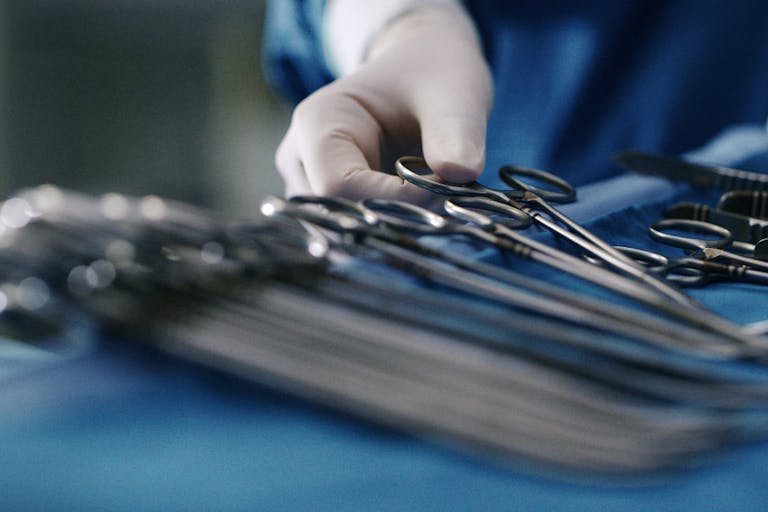
'Opt-in' vs 'opt-out': Why abortion training is not 'essential' for medical residents
Nancy Flanders
·
Human Interest·By Nancy Flanders
Grandmother haunted by daughter’s late-term abortion
In a heartbreaking essay featured by the Daily Mail, a grandmother tells of how her daughter’s late-term abortion continues to haunt her, and how her daughter still feels its effects. The abortion occurred in January of 1997, and the essay was written six years after, but it is still relevant today, 21 years later, as it discusses children born alive from abortion, the uncleanliness of abortion facilities, and the pain of post-abortion syndrome.
“My first granddaughter would have been six by now,” she writes. “I often watch children in the local playground and wonder what she would have been like. Other times, at night, I dream about her vividly, and know the answer.”
“Blonde-haired, blue-eyed and with a shy smile,” she continues. “Time and time again, I dream that she has just been born, and as she is handed to me, I name her Katie. Just as my heart is about to burst with joy, I wake up and realise that she does not exist.”
The grandmother details how she learned that her 19-year-old daughter was pregnant, despite doctors having told her that due to endrometriosis she would never be able to conceive a child naturally. Her daughter, called Susie in the essay, seemed fine with this, telling her mother that she didn’t feel all that maternal anyway. Then after moving into an apartment with some friends, Susie came home complaining of stomach pain. At a doctor’s visit she learned she was pregnant.
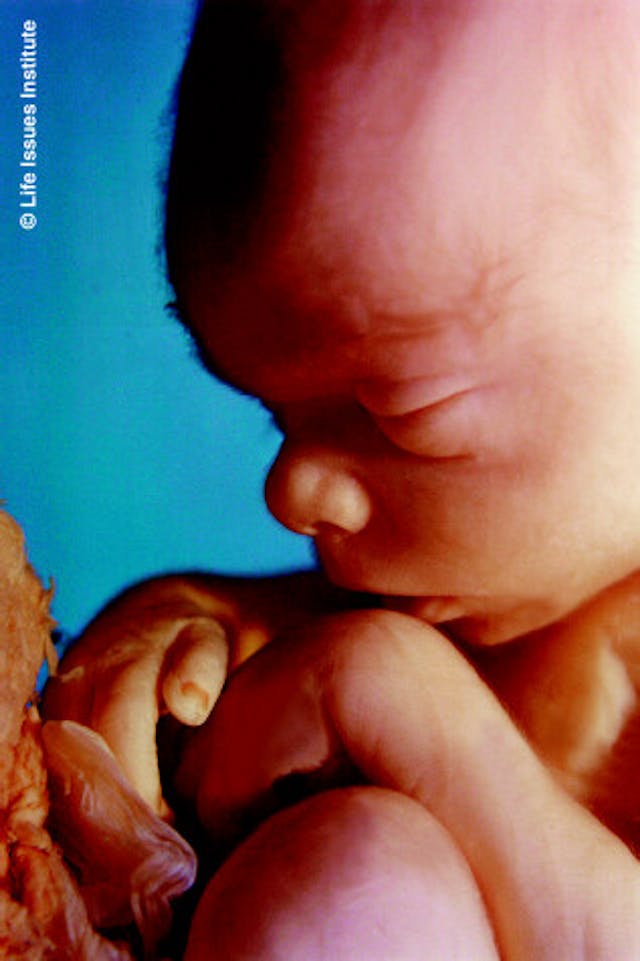
The next day, Susie received an ultrasound and was shocked to learn she was already 23 weeks along. She announced to her parents that she would be having an abortion and she had a week left to do it before the 24 week cutoff.
The unnamed author and her husband, Susie’s father, offered their support to Susie to raise the child. They told her that they would help her in any way they could and that if she didn’t want to raise the child, they would. And when she refused their help, they suggested adoption. But Susie and her boyfriend were firm in their decision to abort.
“Over the next few days, I did everything I could to try to talk her out of the decision, offering every alternative I could think of,” wrote the grandmother.
“But she didn’t want my husband and I to raise her child. She said she would always come home and feel guilty, knowing that the baby was with us. I suggested adoption, but she couldn’t face the thought of a baby out there somewhere, haunting her for the rest of her life. Having had scans when I was expecting my own children, I knew how well formed the baby would be. I lay awake at night, thinking of it kicking inside her. It made my stomach churn.”
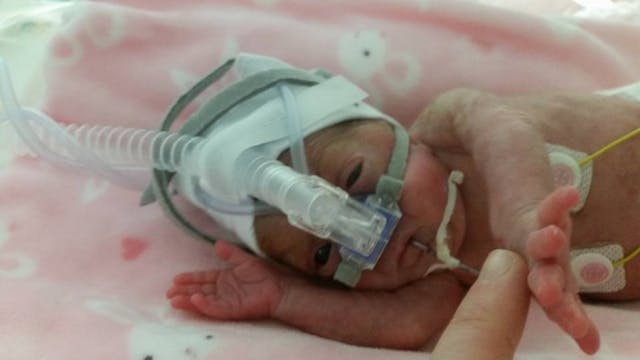
At 23 weeks gestation, a preborn child can recognize his mother’s voice, reacts to light shone on his mother’s belly, and is fully formed and capable of surviving outside the womb.
A doctor told the family that no hospital would be willing to commit such a late-term abortion, and they would have to travel to a private abortion facility in South London.
Still trying to convince her daughter not to go through with the abortion, the grandmother said she realized that her daughter was not going to back down, so she gave in and drove her to the facility. They paid £700 cash. Neither mother or daughter would dare to look at the ultrasound screen, knowing that they would come face to face with the baby they had agreed to kill. That night, neither of them slept as they awaited the scheduled abortion for the next day.
“Susie kept saying she was nervous,” she wrote, “and I lay awake thinking: ‘She won’t realise what she’s done until she is grown up and has children herself.'”
The facility was full of young girls, none of whom looked relieved to be there. They were sobbing, hugging themselves, and one was even lying in the fetal position facing the wall. The grandmother wrote that she had “never seen such abject misery.”
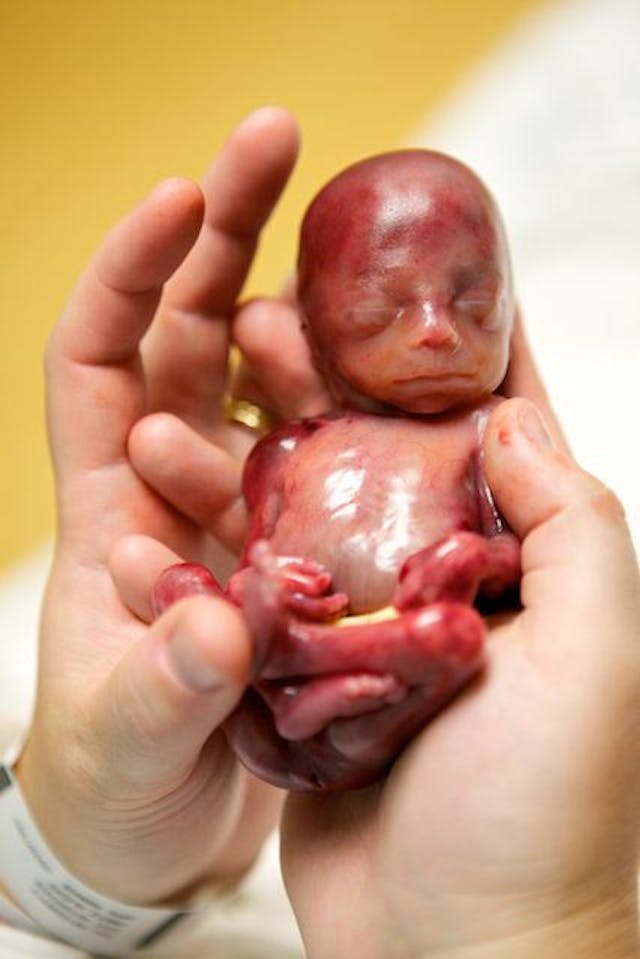
The hospital gown the nurse gave Susie was “filthy” and the bed “had clearly not been changed.” When the grandmother asked about counseling, the director of the facility told her, “We don’t do counselling – but your daughter will have a nice tub of ice cream afterwards.”
Labor was induced and the grandmother realized that Susie had no idea what to expect. But the grandmother knew exactly what would happen and that the baby could be born alive and left alone to die somewhere in the facility.
Preborn children have been known to survive late-term abortion done by induction, and as in the case of abortionist Kermit Gosnell, they are either killed by the abortionist in an act of infanticide or left alone to die somewhere inside the facility. Former abortionist Dr. Anthony Levatino explains what happens in an induction abortion in the video below:

After the abortion was over, the author drove her daughter home and told her husband about their experiences that day. He broke down and cried. Susie barely spoke for the next two days. She was never the same again.
“The guilt and shame has never left and sometimes I see her face clouding over, and I know she is thinking of the baby who never was,” wrote the grandmother.
“The real irony is that she and her boyfriend stayed together and had a child, another daughter, just 18 months later.”
Susie told her mother that she doesn’t want any more children, and her mother believes it is to punish herself for the abortion.
As time went on, the grandmother admits that she, herself, never got over the abortion, and with each new grandchild born, she only wondered more about the grandchild who died in that late-term abortion. Then, her daughter-in-law gave birth to a baby girl at just 26 weeks. Next to baby Megan in the infant intensive care unit was another premature baby girl, this one born at 24 weeks.
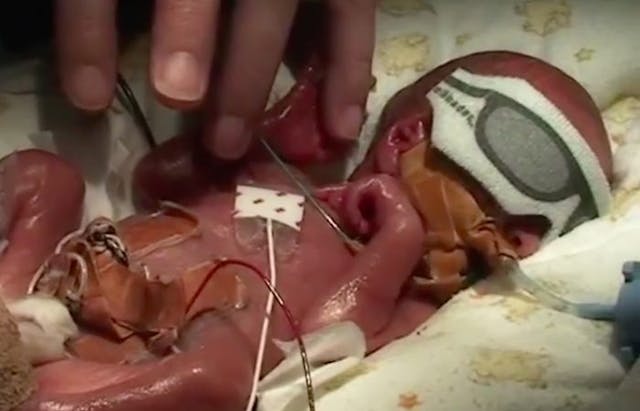
“I stared at the baby’s chest moving in and out and realised that it was the same age as Susie’s baby,” she wrote. “I felt physically sick. Outside, in the corridor, I burst into tears.
“My family assumed that I was worried about my premature grandchild. Only my husband knew that I was crying for the baby who had not survived.”
This grandmother decided to share her grief over her daughter’s late-term abortion in hopes of helping other families to understand the dark realities of abortion — and to choose life instead. Her story proves that abortion isn’t about a woman’s choice or a woman’s body. It ends the life of a preborn human being and affects everyone whose life would have been touched by that child. Grandparents, aunts, uncles, siblings, cousins, and even future friends and spouses will always have someone missing from their lives. Whether they know it or not, their lives are forever changed by abortion.
The author and her daughter both suffer from post-abortion syndrome, a form of PTSD. Symptoms may include guilt, depression, inability to bond with other children, drug use, thoughts of suicide, and suicide. Susie didn’t want her baby to be adopted and out in the world haunting her, yet her late-term abortion haunts her still.

Like the post-abortion syndrome that the two women suffer from, the state of the clinic is also a too-familiar sight in the abortion industry. Abortion facilities are often known by patients to be dirty with unsterile equipment, with certain locations remaining uninspected for years at a time. Some, allowed to stay open despite numerous health violations.Susie’s baby was about 24 weeks when she was taken from her mother’s womb. She may very well have been born alive and left to die as her grandmother feared — as are other babies killed by late-term abortion. At 24 weeks, all she needed was more time to get stronger in the safety of her mother’s womb.More than 60 percent of Americans want to ban abortion after 20 weeks gestation and Congress recently moved to make that happen. The Senate is set to vote on the 20-week abortion ban in the next week.
Live Action News is pro-life news and commentary from a pro-life perspective.
Contact editor@liveaction.org for questions, corrections, or if you are seeking permission to reprint any Live Action News content.
Guest Articles: To submit a guest article to Live Action News, email editor@liveaction.org with an attached Word document of 800-1000 words. Please also attach any photos relevant to your submission if applicable. If your submission is accepted for publication, you will be notified within three weeks. Guest articles are not compensated (see our Open License Agreement). Thank you for your interest in Live Action News!

Nancy Flanders
·
Human Interest
Bridget Sielicki
·
Human Interest
Nancy Flanders
·
Human Interest
Isabella Childs
·
Human Interest
Bridget Sielicki
·
Human Interest
Nancy Flanders
·
Politics
Nancy Flanders
·
Pop Culture
Nancy Flanders
·
Politics
Nancy Flanders
·
Politics
Nancy Flanders
·
Abortion Pill
Nancy Flanders
·